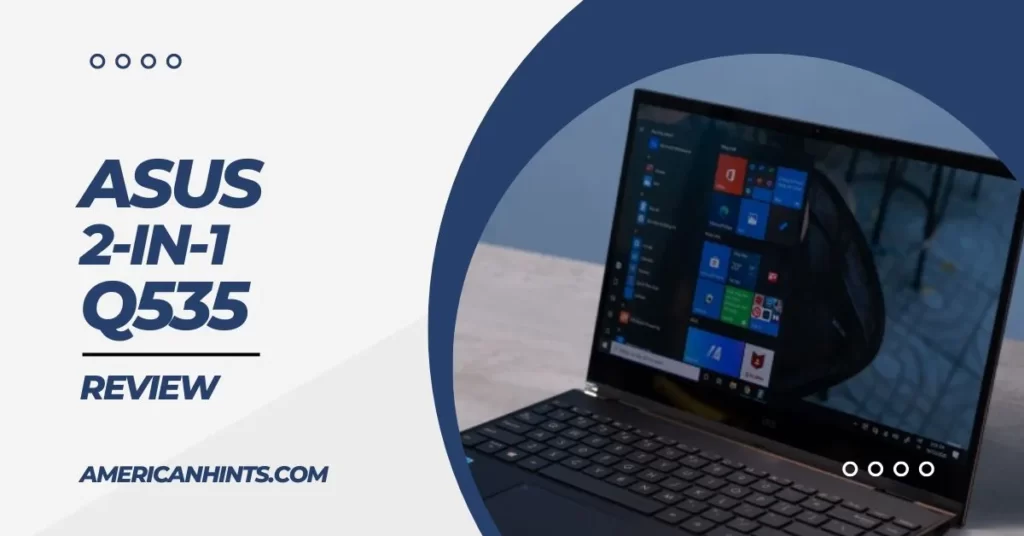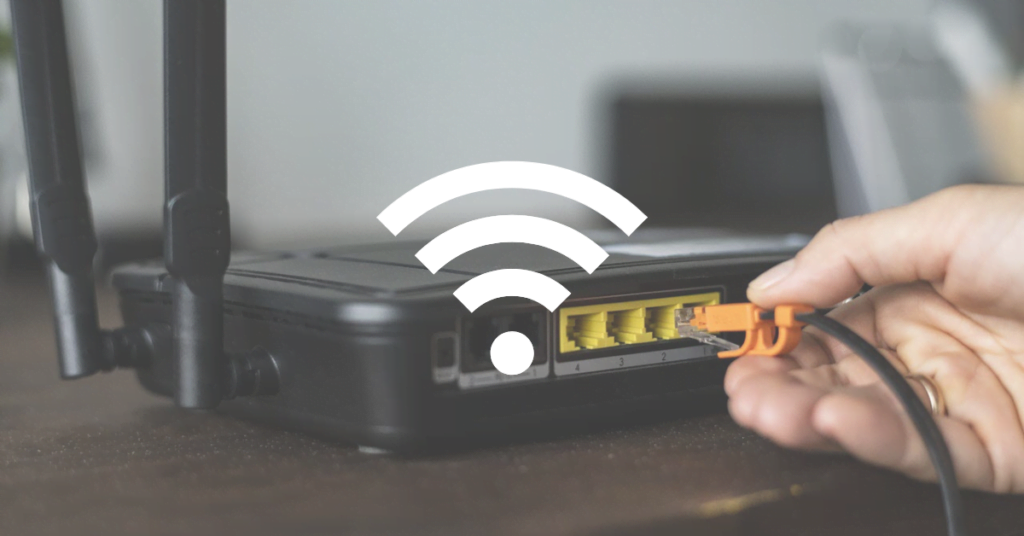While the world fights with the miseries of global warming, technology is constantly working towards a better future. Solar power is a beacon of hope in these hopeless times, offering a clean and sustainable solution to our energy needs.
XCV solar panels have emerged as a game-changer in the solar industry. These panels hold the promise of revolutionizing the way we utilize solar energy.
In this article, we will learn about XCV panels, how they work, the advantages of using one, and how they could make the future greener.
Table of Contents
What is the XCV Panel?
The XCV Panel is a game-changing solar energy invention. Consider solar panels that are both lightweight and versatile yet very efficient at capturing solar energy. These panels, made of highly conductive materials, provide rare conversion of sunlight into power.
XCV panels are typically made up of either aluminum or steel. They come in almost all shapes & sizes. XCV panels are commonly installed on walls or ceilings and are frequently utilized alongside various electrical panels.
Because of their adaptability and lighter weight, they make installation simpler, revolutionizing conventional solar technology. The term “XCV” refers to their extremely high conductivity and versatility, making them suited for various residential, commercial, and industrial uses and in autos, mobile devices, and other vehicles.
The XCV Panel uses cutting-edge science to gather more energy while being more environmentally friendly. It was developed by scientists from all over the world, demonstrating significant progress towards greener energy. The XCV Panel is paving the way for a more environmentally friendly future by supplying cleaner energy for our planet with its efficiency.
Types of XCV Panel
There are three different versions of XCV Panels: Standard, Enhanced, and Premium, each of which meets a different set of needs.
The Standard XCV panels are the most basic choice, with a simple design and necessary functions. Moving up, Enhanced XCV panels offer a more luxurious appearance and features. The highest level of design complexity and functionality are available in Premium XCV panels for those looking for the heights of development.
The right XCV panel type will depend on your unique needs and financial constraints. The Standard XCV panel is appropriate if you need something simple. However, opting for an Enhanced or Premium XCV panel would be more appropriate if you require enhanced capabilities and added features.
How Does XCV Panel Work
A functional XCV panel model remains absent, and economic viability during this developmental phase remains uncertain. Multiple research teams actively push the boundaries of XCV panel technology, making commendable headway.
A core challenge involves securing highly durable and conductive materials. Unlike conventional solar panels using materials like silicon, which lacks optimal conductivity, scientists are investigating alternatives like graphene, carbon nanotubes, and metal alloys.
The design challenge lies in crafting structures proficient in capturing and utilizing sunlight. Conventional solar panels with grid-based solar cells can be limiting. Researchers pioneer inventive designs, including single-material sheets and three-dimensional setups.
Understanding electricity fundamentals is pivotal to grasping XCV panel functionality. Electricity emerges from electron flow in conductors like metal wires, generating an electric field. XCV panels harness this principle for power generation.
With two conductive layers separated by an insulator, XCV panels respond to sunlight by releasing electrons from conductor atoms. These electrons flow through conductors, energizing the circuit.
Electricity production hinges on sunlight intensity and panel size. XCV panels unveil a promising path to greener energy by exploring the intricate electron interplay.
Benefits of XCV Panels
1. Increased Efficiency
XCV panels outperform conventional solar panels with an amazing 20% improvement in efficiency, ensuring increased energy generation under comparable sunshine exposure.
2. Exceptional Flexibility
XCV panels are exceptionally adaptable and can bend and twist without losing performance, which opens up a wider range of applications.
3. Sturdy Resilience
XCV panels are made from UV-resistant and weatherproof materials, enabling them to withstand rough handling and making them a great outdoor option.
4. Affordability factor
XCV panels provide solar advantages without the high cost, making them an affordable choice without compromising benefits.
5. Easy Installation and Maintenance
XCV panels are a practical option because they are simple to install and require little maintenance.
6. Reduced Electricity Bills
XCV panels help cut monthly electric expenses by utilizing free solar energy.
Drawbacks of Using XCV Panels
1. Higher Initial Cost:
Due to its early stages of development, XCV panels are often more expensive than traditional solar panels. Although there are significant long-term savings, the initial cost could be an obstacle.
2. Limited Availability
Because XCV panels are not commonly used in business, they might not be available everywhere.
3. Performance Variation
XCV panels may perform less efficiently in low light compared to their conventional equivalents. This distinction is influenced by the greater use of conductive materials by them.
4. Uncertain Performance
XCV panels’ long-term dependability and performance are questionable due to the ongoing development phase of the technology.
Conclusion
In a nutshell, solar energy development is entering a promising new phase thanks to XCV panels. Despite initial pricing and availability issues, their improved efficiency, adaptability, and durability offer a hopeful route toward a greener future.
XCV panels are an outstanding example of the possibility for a more sustainable future as we go through the changing environment of renewable energy.
XCV Panel — FAQS
What differentiates XCV panels from traditional solar panels?
A possible game-changer in solar energy technology, XCV panels outperform conventional solar panels in terms of efficiency, flexibility, and adaptability.
Do XCV panels perform well in low-light environments?
Due to the larger proportion of conductive elements used in XCV panels, which reduces their efficiency in low-light situations, they may not perform as well as conventional panels.
Are there any financial incentives for using XCV panels?
Many governments provide tax breaks and incentives, just like other solar technologies, to entice households to use solar panels, including XCV panels, as part of their energy solutions.
When can we expect to buy XCV panels?
XCV panels are still in development and are not yet available on the market. Release dates are still liable to change.
How long can XCV panels be expected to last?
The XCV panels are still in development, so their long-term reliability is unknown.






